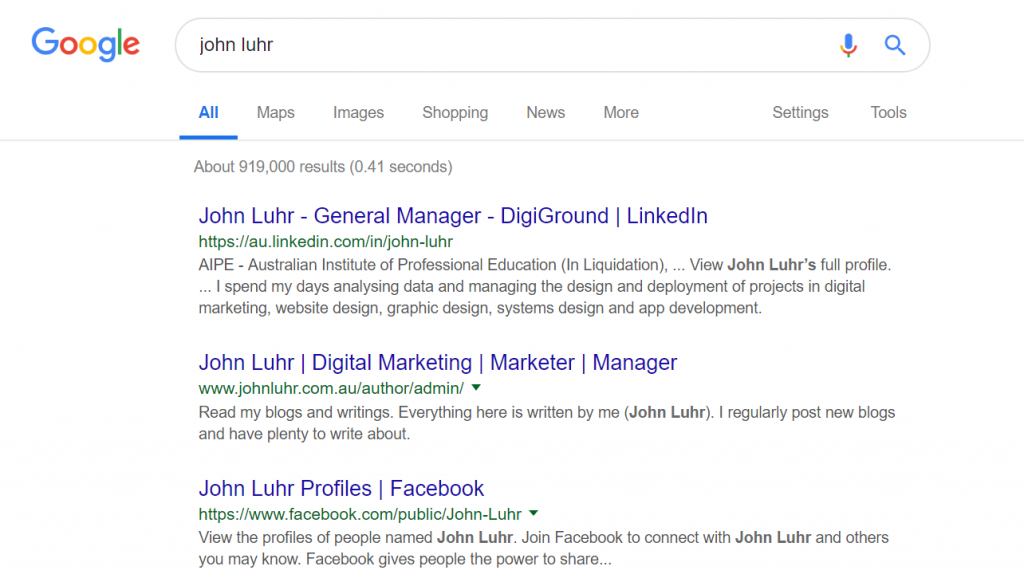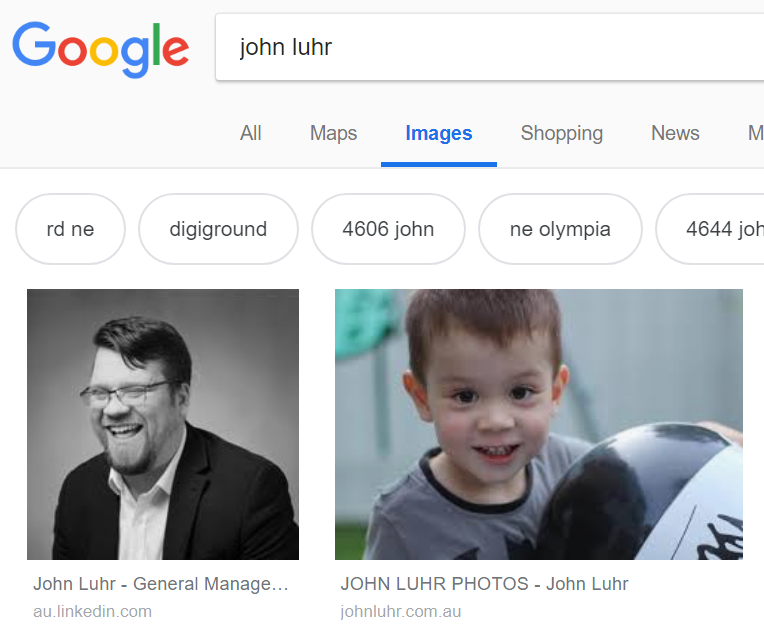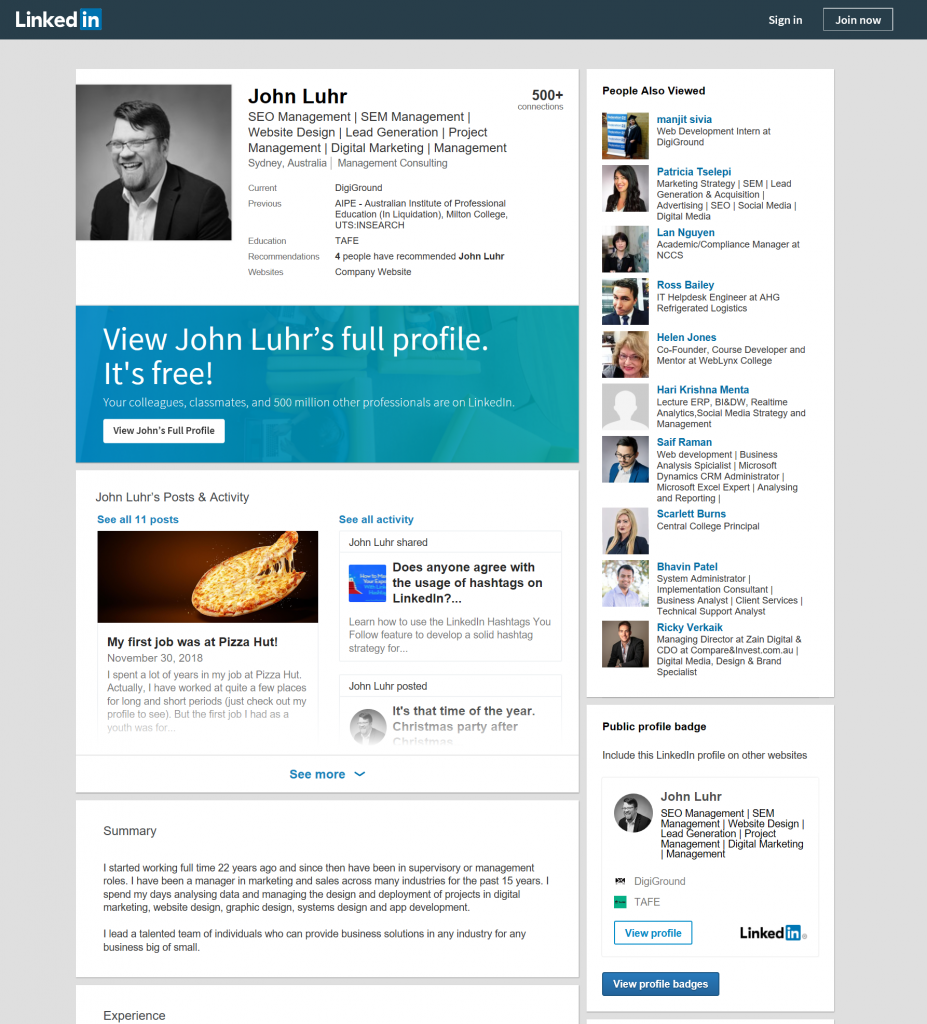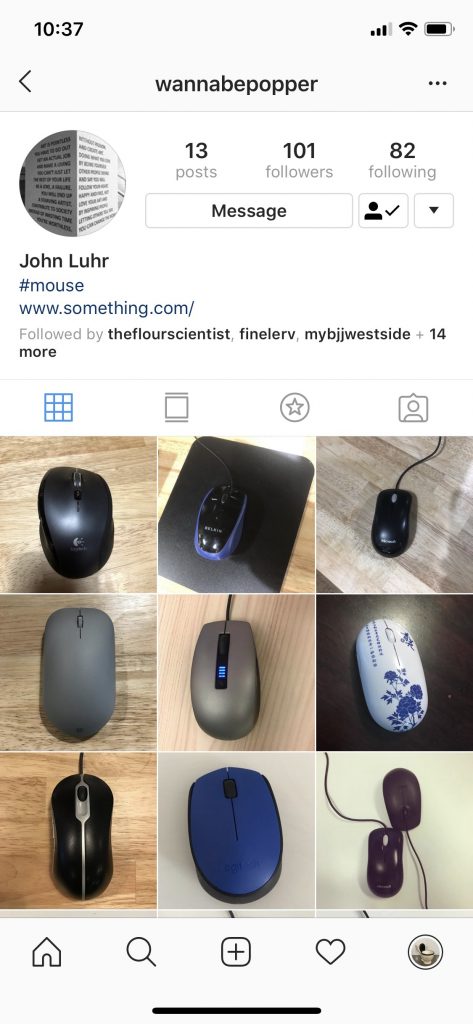Managing Your Online Identity
I am taking a break for the moment with the regular blog posts about my working history to write a bit of a musing I have had.
This webpage is dedicated to myself, to help people to get to know me, to understand who I am, what my history is and what I like.
It’s a little bit more than that as well. This website, and the social media that I have is to help me to manage my online identity. But what does that even mean? We hear all the time about how everything online stays online and be careful what you put out there. And while that’s true, it’s not the whole truth.
You see, with enough deep dive searching and trawling through web sites and search engines, you can find everything that has ever been posted online. However, not many people will go to that effort. In fact, depending on who you are, no one will. If you are a famous person, like say Kevin Hart, there will be gossip magazines, that want something to publish. So, they are willing to go through thousands of pages of Google, or years of Twitter posts, to find it. They probably even pay someone to do that.
But if you are John Luhr, it probably won’t happen. As an average joe, you can use a personal website and social media to control and manage what people see about you. That’s not to say you are hiding things, or even that I am hiding things, it’s more to be able to show who you are now.
Search Is Your Online First Impression
Using myself as an example. Searching for John Luhr on Google reveals that of course, I am not the only John Luhr in existence (what a shock that was to me after 38 years) but that I am the first two results. My LinkedIn and my website. Also, the first image result is one of Alex which is from my John Luhr Photos page.
So, think about this. According to Tim Soulo, a writer for Ahrefs, 91% of content gets no traffic from Google. Now, this post was written in May 2018 (7 months ago) and from what I know about the internet, this kind of number doesn’t go down.
A second thing to think about is how far down the search results people will generally go. You will find a lot of information from a lot of sources that will say things like “50% of people click only on the first two results” and other such things, but this type of data is actually a very poor comparison. Really you should look more granularly and base it on some more data. Something like what Dave Chaffey at Smart Insights has done here.
You must be thinking, what does this have to do with your online identity and how you manage it? Well, this is where I explain. The first step to an online identity is what happens in search. So you need to have a heavy emphasis on this. It’s like that whole you can’t change your first impression. Well. By working on how you appear in search results, you actually will change your first impression.
What Is Your Second Impression?
Your second impression is where people are clicking. Once again, using me as an example, if you click the first link (my LinkedIn), you’ll see my profile.
What you see from my profile matches my website. The profile image is also located on my website, the posts and activity have the same general topic and even some of the same images as my website.
So, now I my starting to control and manage my online identity. I am writing what I want, and adding the images I want, and making sure they are placed regularly across the many platforms that I can to ensure some consistency. Following on from that, if you were to check my Twitter, you’d see the same similarities.
So, what is my online identity? A lot of it has to do with my work. I cross promote the work I do for my company DigiGround, and I reference on a day to day basis the things I am doing for work, and the things I find that a relevant to my work.
For example, on the 13th December, I was doing some Facebook Ads, and it was really frustrating to me. So I tweeted about it.
On December 9th I was talking to the Creative Director at the office about my Instagram and how I didn’t really do anything with it. It’s a thematic Instagram in which I only post images of different computer mice. Actually, it’s about 6 years old and only has 13 posts (see below).
I wanted a new and more interesting Instagram and so I tweeted about it.
Then I created my new Instagram.
Error: No feed found.
Please go to the Instagram Feed settings page to create a feed.
So, why do we need to do it? I think it’s best said by Erskine [1]
We live in a world where your online reputation can be your strongest asset or your biggest liability. Where sales and marketing are actually better executed by employees with strong personal brands than by the brands themselves. A world where companies hire not based on resumes and cover letters, but on information they find online.
References
1 – Erskine, R 2016, Online Reputation Management: The 28 Day Challenge: Get your personal brand in shape, Ryan Erskine, New York, USA












Leave A Comment
You must be logged in to post a comment.